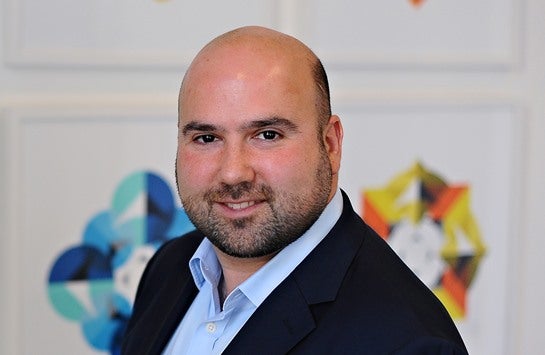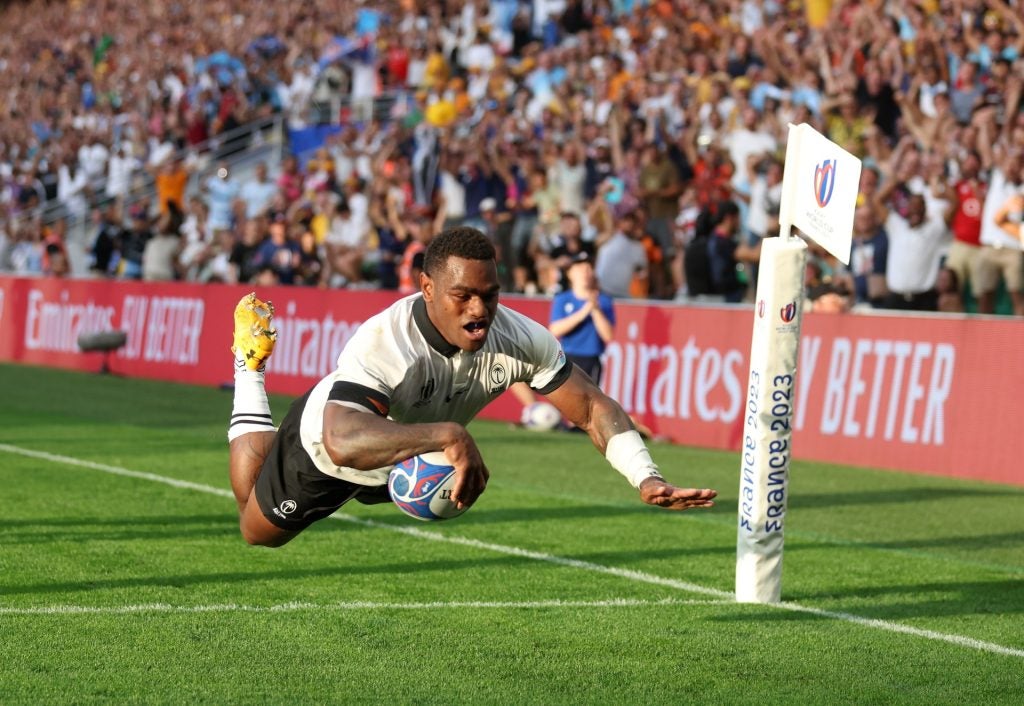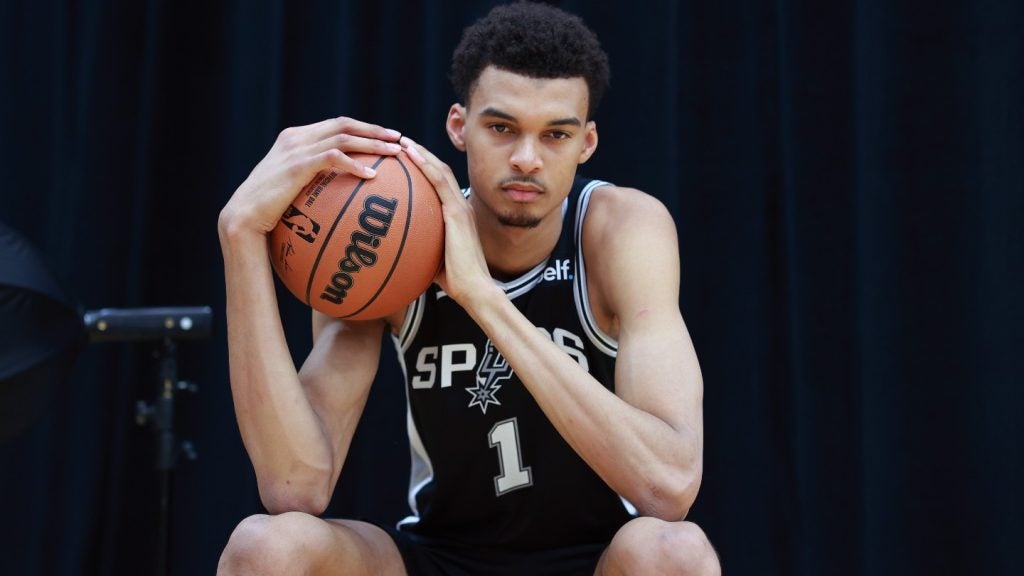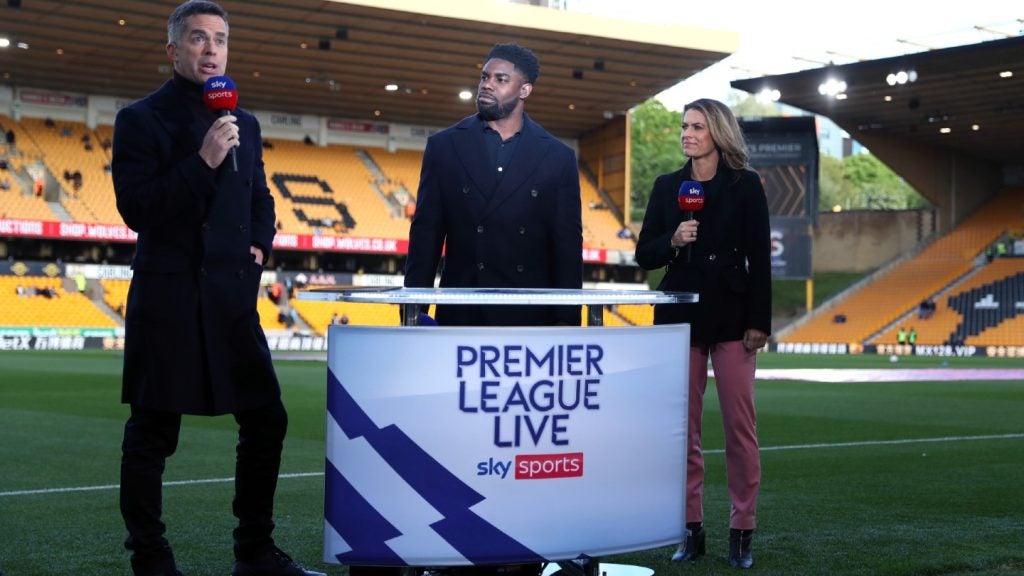
Every summer there is a player transfer that catches the
imagination of football fans and triggers debate far beyond whether the player
is worth the fee.
The transfer of Neymar from Barcelona to Paris St-Germain for a reported fee of €222 million ($265 million) was undoubtedly the story of the summer transfer window. It not only obliterated previous record fees, but also touches on numerous other issues: player wage inflation, the status of financial fair play, a football federation flexing its muscles, and a country sending out a political message. The question as yet unanswered, though, is just what impact the Neymar deal will have on the wider football economy.
Financial fair play
The initial reaction from the football world was to question how the transfer could be allowed under Uefa’s financial fair play rules. Since 2013, clubs participating in Uefa competitions have been assessed against break-even requirements. Clubs need to balance their spending with their revenues, though over a three-year period a club can make a loss of up to €30 million. The test is retrospective, so we simply do not yet know whether PSG will pass or fail over the three-year period from 2015-16 to 2017-18.
Clearly, there are concerns among the football fraternity over PSG’s approach to FFP with the Neymar transfer, as well as the subsequent, and uniquely structured, deal for Kylian Mbappe. Strong words from Javier Tebas, La Liga’s president, fanned the flames and Uefa has announced a formal investigation, earlier than is strictly necessary.
PSG claim to have their regulatory compliance under control but the suspicion is that they will likely fail the FFP test, with Neymar’s reported wages of €45 million a year also set to be factored in.
How well do you really know your competitors?
Access the most comprehensive Company Profiles on the market, powered by GlobalData. Save hours of research. Gain competitive edge.

Thank you!
Your download email will arrive shortly
Not ready to buy yet? Download a free sample
We are confident about the unique quality of our Company Profiles. However, we want you to make the most beneficial decision for your business, so we offer a free sample that you can download by submitting the below form
By GlobalDataThe fee for Neymar, although paid in one go, will be accounted for under FFP over the length of the player’s contract, which in this case is five years. While that will help PSG to a degree, they will still need to go a long way to balance their FFP books. In simple terms, they will need to increase their revenues through new commercial deals, hospitality packages, merchandising, and, almost certainly, player sales. If they fail, they are likely to face Uefa sanctions in 2018-19, and leading clubs, in particular Barcelona, are likely to hold Uefa to account. Anything less than the imposition of onerous sanctions would lead PSG’s rivals to question the validity of FFP.
Market impact
While it is still too early to judge how the transfer will
affect FFP in the long term, its effects on the broader football economy could
be more immediate.
While some predicted that a ripple effect would instantly
result in hugely-inflated transfer values across the board, the 2017 summer
transfer window became rather more characterised by clubs refusing to sell their
top players at all. Barcelona were undoubtedly quoted much higher fees for Ousmane
Dembele and Coutinho, but wholesale transfer fee inflation seems more likely to
be triggered by increasing TV and other media deals than by this one transfer. It
was no surprise that the Premier League clubs significantly outspent their
European rivals again.
Of more concern is the potential impact on player wages, at least at the top Champions League clubs. It wasn’t long ago that €200,000 a week was seen as extortionate, yet PSG are said to be paying Neymar €600,000 a week after tax. Such reports have strengthened the hand of agents, particularly those with players embroiled in contract negotiations.
Whether FFP and league-wide financial regulations (the
Premier League has Short Term Cost Control rules which specifically seek to
prevent clubs from spending all of the increased broadcasting revenues on
player wages) will provide sufficient protection for clubs against wage
inflation, only time will tell. However,
the bar has been raised and only a concerted effort by the clubs will stop the
average being raised too.
More broadly, this was a clear statement of intent by PSG,
and by osmosis by Ligue 1. Historically seen as playing second fiddle to the
English, Spanish, Italian and German leagues, Ligue 1 now finds itself in the
position of going to market with a significant ace up its sleeve.
In footballing terms, Neymar’s undoubted quality has the potential to catapult PSG towards the Champions League trophy its owners crave, and bring both PSG and French football a much larger global audience.
The commercial goal
Neymar’s transfer brings much wider opportunities to PSG, and Ligue 1 – particularly when his army of social media followers is taken into account: more than 30 million on Twitter (PSG have around 5 million), and 60 million on Facebook (PSG have around 30 million). This captive audience, spread around the world, are those who PSG and Ligue 1 will be chomping at the bit to capitalise on, and bring into France’s footballing economy – including everything from shirt sales through to content and advertising partnerships with social and new media platforms.
In the 2015-16 season, Ligue 1’s top five clubs generated estimated revenues of €1.5 billion, with PSG contributing 30 per cent of that total and 60-per-cent of the year-on-year growth, according to the Deloitte Annual Review of Football Finance 2017. It will be interesting to see how much those figures increase over the next couple of years and how much can be attributed to the Neymar factor.
Although Neymar will make PSG and Ligue 1 commercially more attractive, one player doesn’t make a whole league more exciting and it remains to be seen just how much broadcasters – still the biggest influence on the football economy – will bank on Neymar by himself giving French football the same global draw that the historic power-houses of the Premier League and La Liga have done to date.
Rumours have it that Neymar wanted to move out of Lionel Messi’s shadow, and his world record transfer has certainly thrust him even more into the limelight. More intriguing, however, will be the effect this saga has on the future of the transfer market and whether it marks the beginning of the end for FFP, as well as shedding light on just how powerful a player’s brand is to both clubs and leagues.
Sportcal







